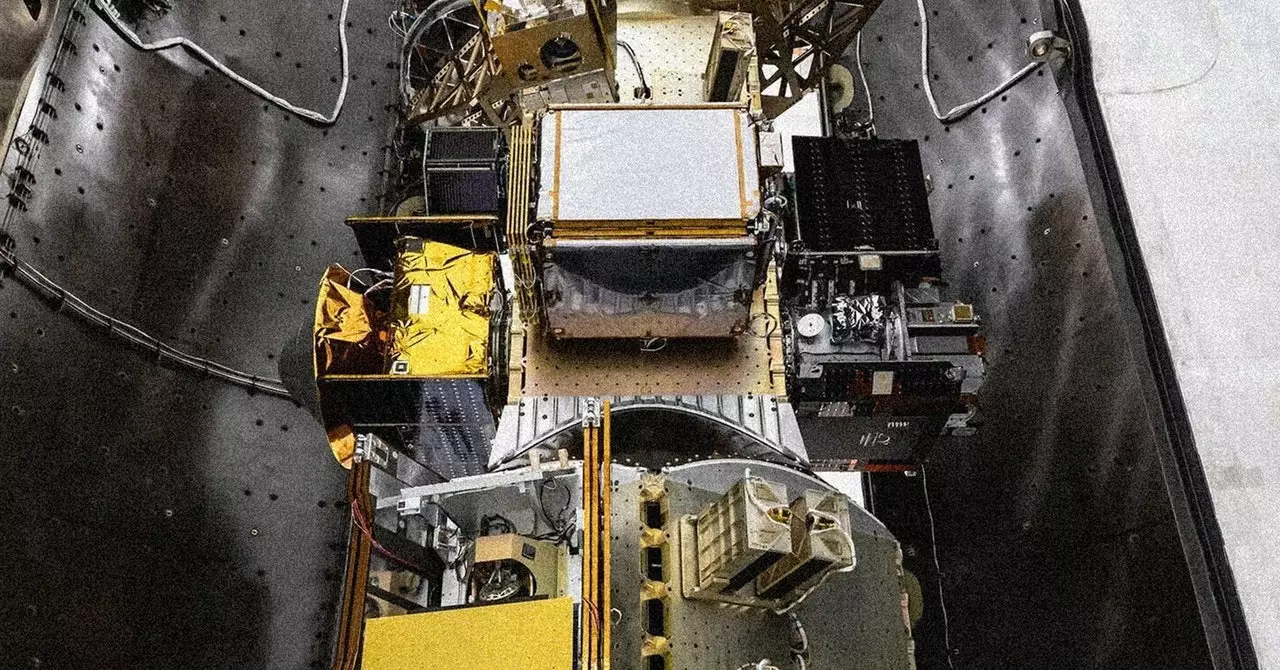As wildfires continue to ravage landscapes across the globe, burning not only forests but also communities and ecosystems, the urgency to implement effective management strategies has never been greater. The rapid nature of fire outbreaks necessitates that decisions must be made in real-time to minimize damage. As highlighted by experts in the field, such as Collins, leveraging technology is essential in this race against time. The challenge lies in the efficient application of these technological advancements to yield actionable responses in the crucial moments following the ignition of a fire.
A burning forest does not wait; hence, the call for not only real-time data but also for innovative technological applications cannot be overstated. With satellite-inspired solutions emerging as a potential game-changer, we find ourselves at the crossroads of innovation and practicality. However, incorporating these advanced technologies into operational frameworks is not just about acquiring data. It’s about ensuring this information reaches those who need it when they need it most.
The Role of AI and Data Accessibility
In this context, the insights from Krystal Azelton, a senior director at the Secure World Foundation, are illuminating. While the integration of Artificial Intelligence (AI) and satellite technology is heralded as a monumental step forward, it brings about its own challenges. Azelton’s concern about the distribution of data reflects a wider issue: The efficacy of technological advancements hinges not only on the accuracy of the data but also on its accessibility.
Although AI can ostensibly enhance the precision of wildfire detection and monitoring systems, the inconsistency in results raises a flag. This highlights a critical oversight: technology, regardless of how sophisticated, is only as beneficial as the infrastructure in place to disseminate it. There exists a plethora of tech solutions designed to combat wildfires, yet without robust channels to relay this information to frontline responders and communities at risk, the technology risks becoming a sophisticated echo chamber rather than a lifesaving tool.
On-the-Ground Reality: Bridging the Information Gap
The Fire Sat initiative addresses this very disconnect between data and actionable response. As conveyed by Van Arsdale, the project aims to partner directly with firefighting agencies, ensuring that vital tracking data is made readily available to those on the ground. This proactive approach is commendable, yet it navigates a realm fraught with challenges. The metaphor of a “fog of war” starkly illustrates the confusion and chaos that come with firefighting efforts—an obstacle that data, no matter how precise, cannot eliminate single-handedly.
Moreover, while traditional methods, such as the camera networks utilized by AlertWildfire, have already proven effective in spotting blazing fires across the West Coast, questions remain about how much faster new satellite technologies will perform. Though they may have the capability to detect fires on their onset, possessing this information is only half the battle; emergency services still need time to mobilize and respond. This latency can have dire consequences, underscoring the complexity of firefighting logistics.
Emergency Communication: A Lifeline in Crisis
Still, the potential for satellite updates to furnish crucial information to those in immediate danger offers a silver lining. Daniel Swain’s perspective reinforces this notion; while advancements in detection technologies might not address the heart of response-time issues, they can significantly enhance public awareness and safety. Immediate updates about fire locations can crucially inform people in perilous proximity, potentially saving lives where response efforts lag.
As wildfire-fighting technology experiences an infusion of investment from private sectors driven by profit motives, leveraging this influx responsibly will be key. While private companies invent new firefighting solutions, it is essential for these innovations to prioritize community safety and environmental sustainability. The alignment of profit with public good can create a robust ecosystem of technological advancement, but this requires accountability and a focus on equity in data sharing.
As we observe the evolving landscape of wildfire management technology, the pressing challenge lies not only in creating advanced tools but in ensuring that these tools translate into meaningful actions. The promise of these innovations can only be realized if they are distributed wisely and harnessed effectively, emphasizing that the real power to combat fires does not solely reside in technology but in our commitment to foster a responsive and informed society.

